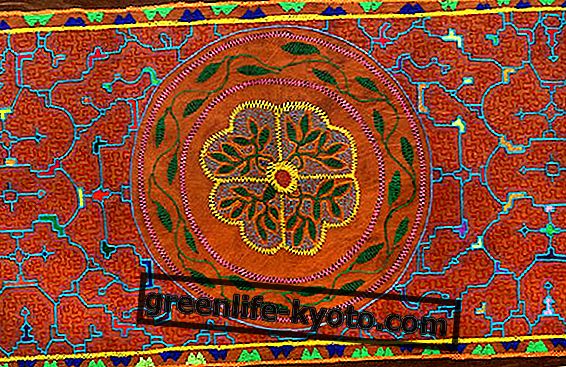Barley flour, rich in proteins, fibers and mineral salts, is useful against cholesterol, is an excellent natural refreshing and has laxative properties. let's find out better.

How to make barley flour
Barley flour is obtained from the processing and grinding of dehusked barley. Barley is a very ancient cereal, belonging to the Poaceae family, a native of Asia.
It is the first cereal to be cultivated by man, already from the X-VII century BC . Today it is used to feed livestock, the production of malt, beer, whiskey, flour, finally used as a coffee substitute. In Italy, around 1.4 million tons of barley are produced each year.
Properties and use of barley flour
From a nutritional point of view, barley is rich in proteins, fibers, mineral salts (calcium, iron, phosphorus, potassium, magnesium, zinc and silicon) and vitamins (A1, B1, B2, B3, E) .
Among the mineral salts phosphorus prevails, fundamental for those who carry out an intellectual activity, moreover, due to its very characteristics, barley is a cereal with anti-diarrheal, emollient, remineralizing, diuretic and refreshing properties. Barley is able to relax the intestinal walls, favoring good transit.
In fact, the fibers it contains give the flour laxative and stimulating properties. Barley flour also acts on the immune system, thanks to the anitinflammatory properties of the cereal. Blanda is the sedative activity, due to the presence of silicon. Finally, it helps fight bad cholesterol.
Together with oats it is one of the cereals with the lowest glycemic index. This flour is low in gluten and is therefore poorly bread-making, unless it is mixed with wheat flour.
Barley is also known for its galactogenic property, that is, to stimulate the production of breast milk. It is not suitable for celiacs. Barley flour is not found very easily in supermarkets. You can buy it on the internet or in specialized shops.
You can learn more about the properties, nutritional values and calories of barley

Barley flour products
Barley flour is ideal for the preparation of sweet and savory baked goods, bread, biscuits, buns . For bread making, it is used together with other flours, such as wheat flour.
Barley flour is also good for preparing pasta, especially spaghetti and tagliatelle . Barley flakes are indicated to be cooked for a few minutes in milk or broth or added in yogurt.
In some regions, especially in African cuisine, cous cous grains, usually made with coarsely ground durum wheat semolina, are coarsely ground barley or millet.
A recipe up your sleeve
Ingredients:
- 300 grams of barley flour,
- 100 grams of white flour,
- 4 eggs,
- salt.
Procedure: knead the ingredients, roll the dough with a rolling pin and form noodles about half a centimeter. This pasta is typical of the Trentino region, where it is seasoned with a simple fried onion, mushrooms, soft white wine and grated Parmesan and fresh pepper.












